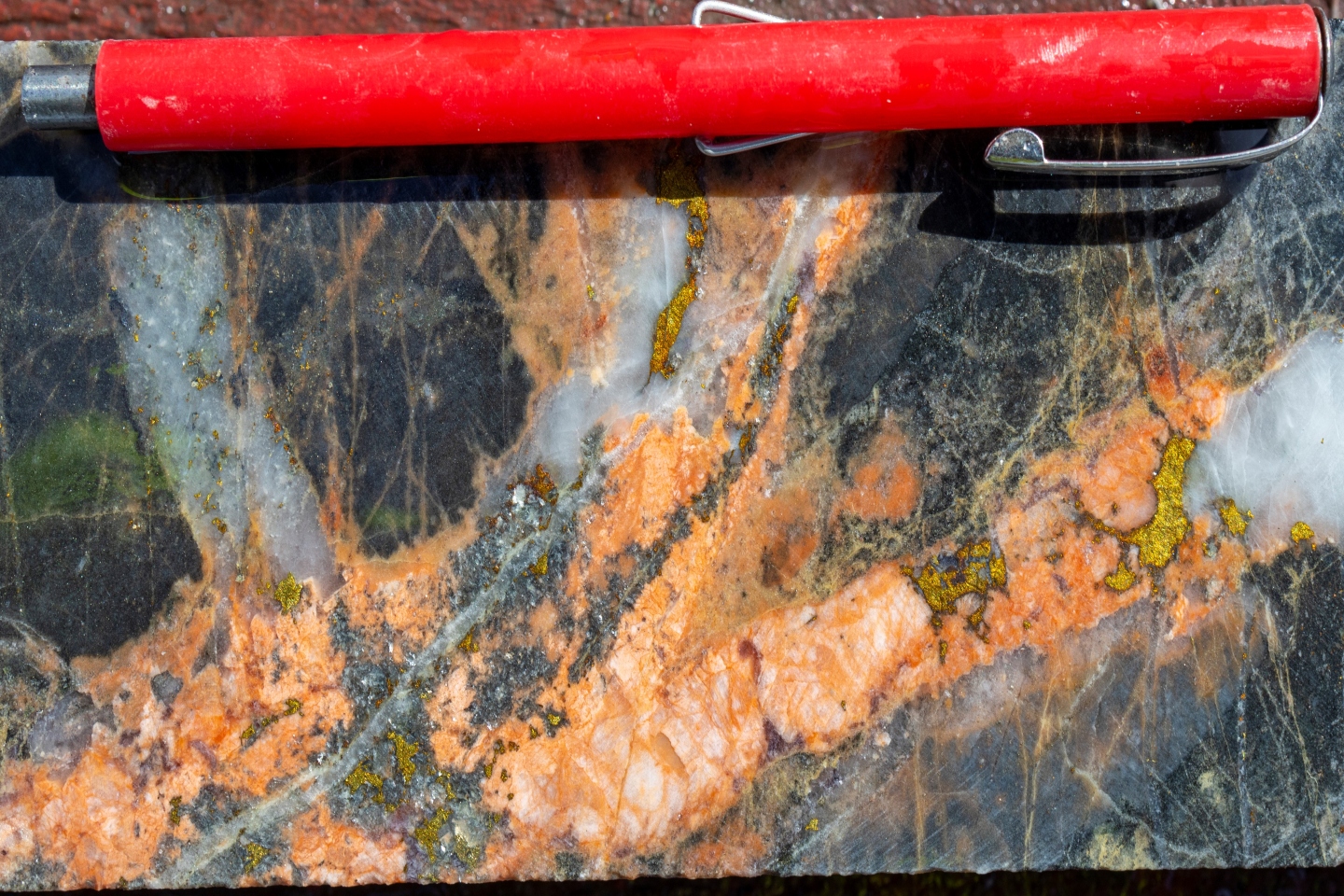Alma Metals has achieved the stage one earn-in requirements to reach an initial 30 per cent interest in Canterbury Resources Briggs, Mannersley and Fig Tree Hill joint venture copper project in Queensland. Alma has placed an exploration target of between 480m and 880m tonnes on Briggs alone, grading between .20 and .30 per cent copper and between 25 and 40ppm moly – and that’s in addition to the existing resource.

Alma Metals has achieved the stage one earn-in requirements to reach an initial 30 per cent interest in Canterbury Resources’ Briggs, Mannersley and Fig Tree Hill joint venture copper project in Queensland. Alma has placed an exploration target of between 480m and 880m tonnes on Briggs alone, grading between .20 and .30 per cent copper with between 25 and 40ppm moly – and that’s in addition to the existing 415m tonne resource grading .25 per cent copper and 31ppm moly.
Alma has now committed to stage two of the earn-in agreement, whereby it can reach a 51 per cent joint venture interest by sole-funding a further $3 million of assessment activity by 30 June 2026.
The Briggs, Mannersley and Fig Tree Hill Porphyry copper project comprises three exploration permits and one application for an exploration permit covering a total area of approximately 245 square kilometres.
The $3 million cash is already being spent with the rods now turning in the stage two drilling campaign at Briggs. The program will focus on assessing the high-grade zones within the existing inferred mineral resource envelope.
Alma says observations from Briggs’ drill core suggest multiple intrusive phases and mineralizing events have taken place and will require further drilling to better define the phases and determine where higher grades and additional resource volumes may be located.
In an effort to locate the additional resources the company says the drilling will also target potential extensions of the Briggs deposit to validate the broader exploration target.
Significantly for Alma, the mineralisation at Briggs remains open in all directions with plenty of potential upside for the already seriously large resource.
The project is conveniently located about 60km west of the deep-water port of Gladstone and less than 15km to the north of a regionally significant road, rail and power corridor providing excellent infrastructure and pathway to export.
Alma has been progressing with metallurgical test-work which has shown high copper recoveries between 92 and 95 per cent recovery are possible through standard crushing, grinding and flotation to produce viable concentrate grades.
Porphyry copper deposits like the Briggs, Mannersley and Fig Tree Hill joint venture are generally known for containing hundreds of millions of tonnes of ore, but at low grades.
Despite this, the deposits constitute important sources of copper because they can be worked on a large scale at relatively low cost, especially when they are near a port like Gladstone.
The International Copper Association suggests that global copper supply is expected to jump 26 per cent to 38.5 million tonnes annually by 2035. But even then, it will still likely fall 1.7 per cent short of demand, despite increased recycling.
Molybdenum is also a solid second tier addition to the company’s tool kit. The silver-grey metal is used in steel alloys to increase strength, resistance to corrosion and heat. It is also a critical component in aircrafts, electrical contacts, industrial motors and even light bulb filaments.
Mordor intelligence says molybdenum is estimated to see a compound annual growth rate (CARG) of over 4 per cent to 2028 thanks in part to increasing steel production in the Asia-Pacific region and the massive Chinese car manufacturing market.
Is your ASX-listed company doing something interesting? Contact: matt.birney@businessnews.com.au
















